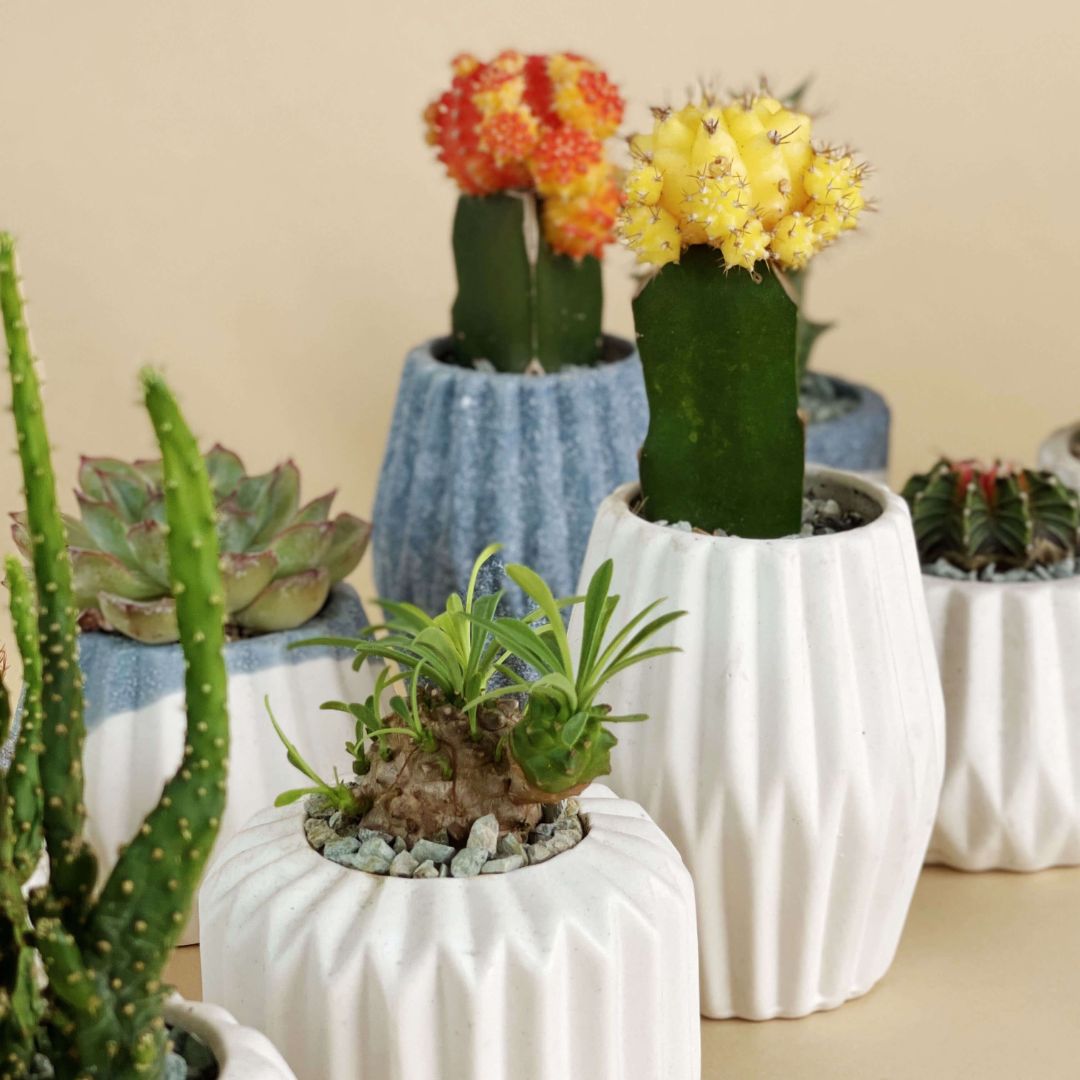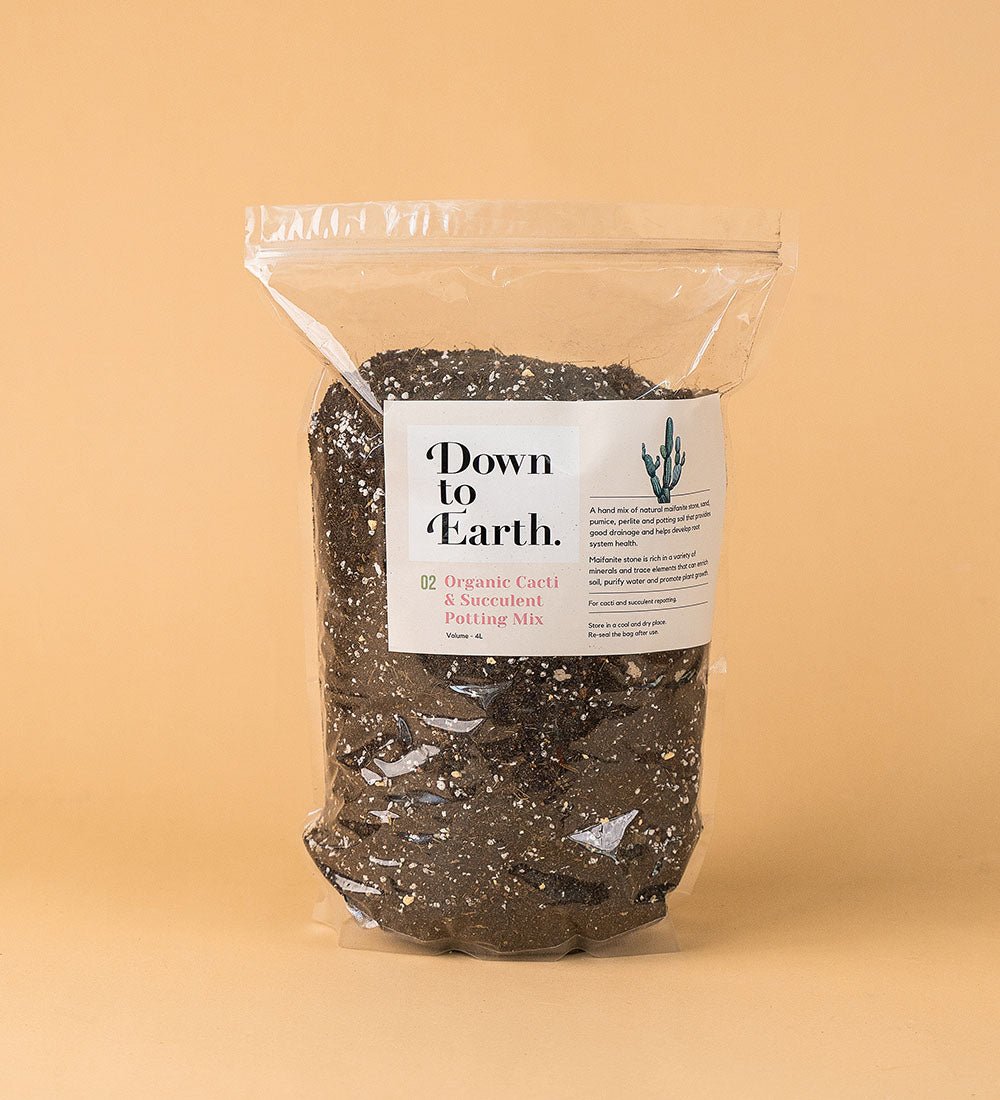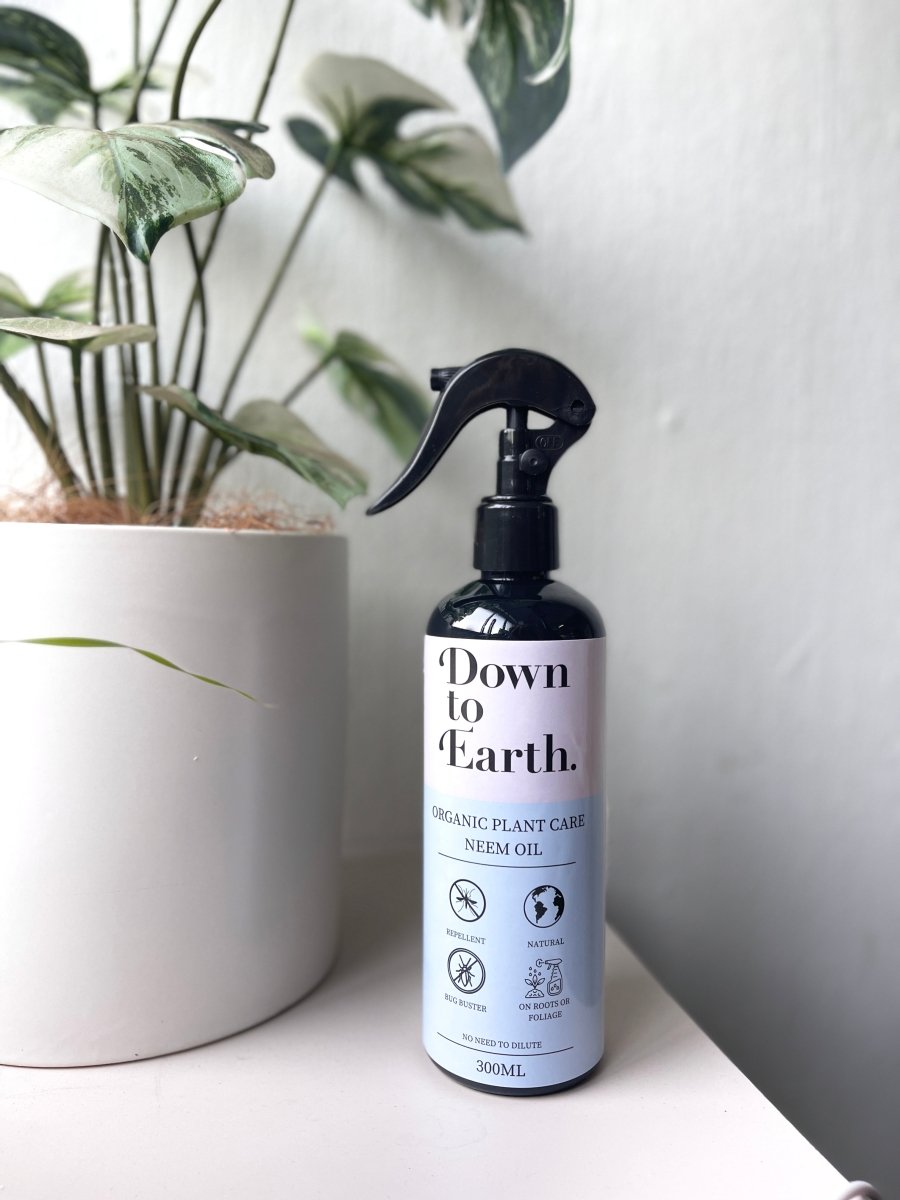Thriving Together: How to Take Care of Succulent Plants for Green, Gorgeous Results
Posted on March 04 2024
Succulent plants, with their diverse shapes and vibrant colors, have become increasingly popular among gardening enthusiasts. These resilient plants are not only visually appealing but also relatively easy to care for, making them an ideal choice for both seasoned gardeners and beginners alike.
Choosing the Right Succulents

When it comes to selecting succulents for your Singapore garden, it's essential to choose varieties that can thrive in the local climate. Opt for species that are well-suited to high temperatures and humidity levels. Additionally, consider factors such as the size of the mature plant and its water requirements. Mini Assorted Succulents offer a perfect solution for Singaporean gardeners seeking low-maintenance yet visually striking plants. These compact beauties not only add a touch of greenery to any space but also boast resilience against Singapore's tropical conditions. Their small size makes them ideal for balconies, windowsills, or small gardens where space may be limited. With their diverse shapes, colors, and textures, Mini Assorted Succulents bring a delightful variety to your garden, creating a captivating display that's sure to impress visitors and passersby alike. Whether you're a seasoned gardener or just starting, these miniature wonders are a wonderful addition to any Singaporean garden, bringing charm, character, and easy-care appeal.
Ideal Growing Conditions
Succulents require plenty of sunlight to thrive, so be sure to place them in a location where they can receive at least six hours of direct sunlight per day. Use well-draining soil specifically formulated for succulents to prevent root rot. In Singapore's tropical climate, be mindful of excessive rainfall and adjust your watering schedule accordingly.
Potting and Repotting Succulents

When potting succulents, it's vital to choose containers that have drainage holes to prevent water from accumulating around the roots. Repotting should be done every one to two years to refresh the potting mix and provide the plant with sufficient space for growth. When repotting, take care to gently separate the roots and ensure that the plant remains at its original depth in the new pot. Additionally, promoting the use of high-quality potting mix can greatly benefit succulents by providing proper aeration, drainage, and nutrients essential for healthy growth.
Watering Techniques
One of the most common mistakes in succulent care is overwatering. Succulents are adapted to arid environments and store water in their leaves, so they require less frequent watering compared to other plants. Allow the soil to dry out completely between waterings, and be cautious not to let water collect in the leaf rosettes, as this can lead to rot.
Fertilizing Succulents
While succulents are not heavy feeders, occasional fertilization can help promote healthy growth and vibrant colors. Use a balanced fertilizer diluted to half-strength and apply it during the growing season, typically from spring to fall. Avoid fertilizing during the dormant winter months.
Pruning and Propagation
Pruning succulents not only helps maintain their shape but also encourages new growth. Use clean, sharp scissors to remove dead or damaged leaves and stems. Propagation is a fun way to expand your succulent collection, and many species can be easily propagated from stem or leaf cuttings.
Pest and Disease Management

Even the hardiest succulents aren't immune to pests and diseases. Keep a close eye on your plants for any signs of trouble like mealybugs, aphids, or powdery mildew. Act quickly to protect your precious succulents using natural solutions like neem oil. It's a safe and effective way to keep your plants healthy and thriving. Don't wait until it's too late! Add neem oil to your gardening toolkit and give your succulents the care they deserve.
Seasonal Care Tips
In Singapore, succulents may require adjustments to their care routine during the rainy season or periods of high humidity. Consider moving potted succulents to sheltered areas to protect them from excess moisture, and reduce watering frequency as needed to prevent waterlogged soil.
Creative Display Ideas
Succulents are not only beautiful in the garden but also make stunning additions to indoor spaces. Get creative with your displays by arranging succulents in unique containers such as vintage teacups or driftwood planters. Experiment with different textures and colors to create eye-catching arrangements.
Benefits of Succulent Care
Caring for succulents goes beyond mere aesthetics; it can also have therapeutic benefits. Tending to plants has been shown to reduce stress and anxiety levels, promoting a sense of well-being. Furthermore, succulents help purify the air and can even attract beneficial pollinators to your garden.
Conclusion
Discover the joy of nurturing succulent plants, transforming your spaces into vibrant havens, whether indoors or outdoors. Embrace the rewarding journey of caring for these resilient beauties with ease, even amidst Singapore's unique climate conditions. Explore our curated selection of succulents today and start your own oasis at home. Shop now and let the lush greenery enrich your life!
FAQs
- Can succulents survive indoors in Singapore?
- Yes, many succulent species can thrive indoors as long as they receive adequate sunlight.
- How often should I water my succulents during the rainy season?\
- During periods of heavy rainfall, it's essential to reduce watering frequency to prevent waterlogged soil.
- What are some common pests that affect succulents in Singapore?
- Mealybugs, aphids, and spider mites are among the most common pests that can infest succulents.
- Do succulents need special soil in Singapore's climate?
- Yes, using well-draining soil formulated specifically for succulents is crucial to prevent root rot in Singapore's humid environment.
- Can I leave my succulents outside during the hot summer months in Singapore?
- While succulents are generally heat-tolerant, it's essential to provide them with some shade during the hottest part of the day to prevent sunburn.